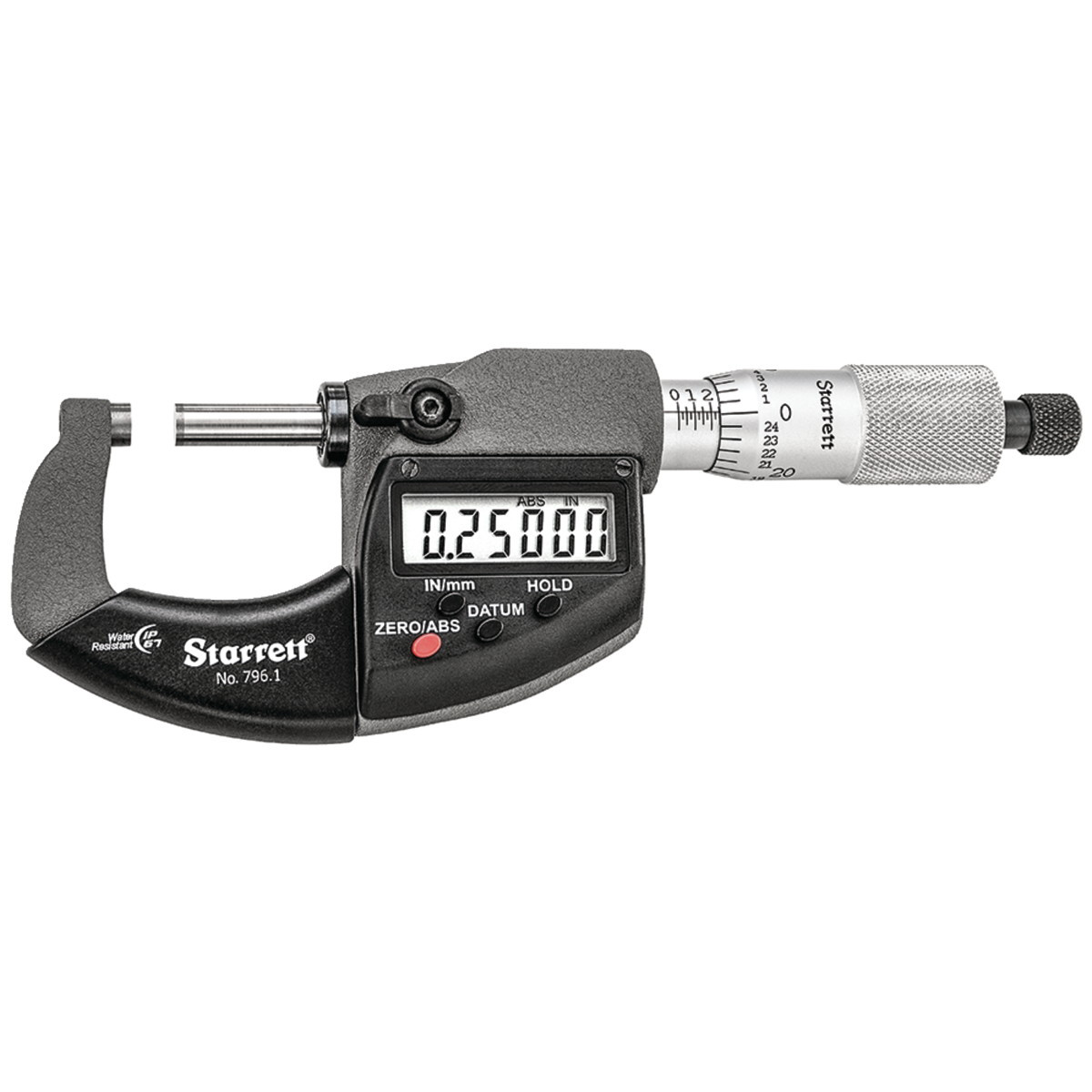
By static, we mean that the physical space does not move rather, change comes in the form of new objects added to the space or the movement of objects in the static space, as opposed to changing the actual collaboration space itself. Namely, we know we are detecting blocks in a fairly static collaboration space. Since object identification is not the primary focus of our work, we simplify some of the details surrounding image recognition in our domain by taking advantage of the background knowledge available in our domain. Object identification in a scene is a nontrivial image recognition problem it is difficult to arbitrarily draw a distinction between what is background and what is foreground within an image. We use the Kinect’s built-in RGB camera to perform image transformations that isolate the blocks from the background. The annotator for object detection is designed to recognize the blocks in our domain. Adit Suvarna, in Human-Machine Shared Contexts, 2020 20.4 Object detection Finally, Section 4.6 introduces the main issues involved in image analysis. Image compression, or coding, is presented in Section 4.5. In Section 4.3, some image enhancement techniques are given. Section 4.1 deals with image sampling, and Section 4.2 describes image quantization. In what follows, we provide a brief description of digital image processing techniques. Therefore, to be practical to store and transmit digital images, one needs to perform some sort of image compression, whereby the redundancy of the images is exploited for reducing the number of bits needed in their representation. Even a gray-scale image of moderate resolution, say 512 × 512, needs 512 × 512 × 8 ≈ 2 × 10 6 bits for its representation. An important characteristic of images is the huge amount of information required to represent them. Examples of image analysis are image segmentation, edge extraction, and texture and motion analysis. Image analysis techniques permit that an image be processed so that information can be automatically extracted from it. Image restoration techniques aim at processing corrupted images from which there is a statistical or mathematical description of the degradation so that it can be reverted. In image enhancement, an image is manipulated, mostly by heuristic techniques, so that a human viewer can extract useful information from it. The processing of digital images can be divided into several classes: image enhancement, image restoration, image analysis, and image compression. Digital image processing consists of the manipulation of those finite precision numbers.

Since a computer represents the numbers using finite precision, these numbers have to be quantized to be represented digitally. To be processed digitally, it has to be sampled and transformed into a matrix of numbers. An image can be regarded as a function f ( x, y) of two continuous variables x and y. The discipline of digital image processing is a vast one, encompassing digital signal processing techniques as well as techniques that are specific to images. Multimedia systems, one of the pillars of the modern information society, rely heavily on digital image processing. Its applications range from medicine to entertainment, passing by geological processing and remote sensing. Its use has been increasing exponentially in the last decades. Mendonça, in The Electrical Engineering Handbook, 2005 4.1 Introductionĭigital image processing consists of the manipulation of images using digital computers.

Simple install/uninstaller included What's New in Version 3.Eduardo A.B. Automatically detect any images that may have been rotated and adjust crop accordingly. Includes search and replace, suffix/prefix text, numbering and replacing blank spaces with a lowerdash.Īpply batch crop to images based on percentages.

Use PNG's files which include their own transparency for best results.Ĭustom tag images with text in lower right corner with date, filename and or custome text, also you can control the transparency. Control watermark transparency as well as positioning, you can also tile as well. Use built in or custom watermark using image of your choosing. Batch process images quickly, applying flexible resizing methods, rotation, cropping, scaling, watermarking, renaming, tagging and more.Įither scale or apply max width or height settings, images are never scewed or scaled over 100%Īpply individual rotation or apply a particular rotation to all images.


 0 kommentar(er)
0 kommentar(er)
